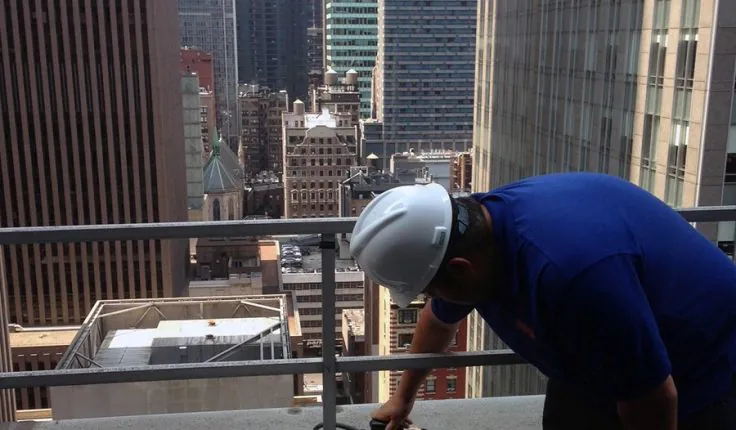Why is a Parking Structure Inspection Necessary for Safety and Maintenance?
0 Views

Introduction to Parking Structure Inspection A parking structure inspection is a vital process designed to evaluate the safety, functionality, and structural integrity of parking facilities. These inspections are essential for ensuring the well-being of the users, preserving the longevity of the structure, and minimizing potential risks and liabilities associated with structural deficiencies or failures.
Ensuring Structural Integrity and Safety One of the primary reasons for conducting a parking structure inspection is to ensure the structural integrity and safety of the facility. Parking structures are subject to continuous stress and strain due to the heavy loads they carry, including the weight of vehicles, environmental factors, and other dynamic loads. A comprehensive inspection identifies any signs of structural weaknesses, cracks, or deterioration that could jeopardize the safety of the structure and its users.
Preventive Maintenance and Timely Repairs Regular parking structure inspections allow for the early identification of issues, enabling prompt and appropriate preventive maintenance and repairs. Addressing problems in their early stages can prevent them from worsening and becoming costly to repair. Moreover, proactive maintenance helps in extending the lifespan of the structure, reducing the overall maintenance costs, and avoiding unexpected downtime or closures.
Compliance with Regulatory Standards and Codes Parking structures need to comply with specific building codes, standards, and regulations to ensure the safety and welfare of the occupants and the public. A thorough inspection ensures compliance with these codes and standards, reducing the risk of potential legal complications and penalties. Adhering to established guidelines also enhances the credibility of the facility and fosters a safer environment for all users.
Planning for Structural Integrity Reserve Study Parking structure inspections are crucial in planning for a Structural Integrity Reserve Study. A reserve study involves a comprehensive evaluation of the parking structure’s condition, projected maintenance needs, and associated costs over a defined period. The data gathered from routine inspections provides valuable insights and forms the foundation for an accurate reserve study. This study aids property owners and managers in planning their budgets, establishing reserve funds, and effectively managing the future maintenance and repair requirements of the parking structure.
Structural Integrity Reserve Study
Introduction to Structural Integrity Reserve Study A Structural Integrity Reserve Study is a proactive financial planning tool used to assess the current condition and anticipate future maintenance and repair needs of a structure, such as a parking facility. This study is essential for accurately budgeting for long-term maintenance, ensuring the structural integrity, and avoiding unexpected financial burdens.
Evaluating Current Structural Condition The first step in a Structural Integrity Reserve Study is to conduct a thorough evaluation of the structure’s current condition. This assessment includes a comprehensive inspection of the building’s components, identifying any existing issues, and understanding the overall health of the structure. This evaluation forms the basis for forecasting future maintenance requirements and associated costs.
Projecting Future Maintenance Needs Based on the evaluation of the current structural condition, a Structural Integrity Reserve Study projects the future maintenance needs of the structure. Anticipated maintenance requirements, repairs, replacements, and upgrades are outlined over a specified time frame, usually several decades. This projection helps in understanding the financial needs for sustaining the structural integrity and functionality of the building.
Estimating Associated Costs In conjunction with projecting future maintenance needs, a Structural Integrity Reserve Study estimates the costs associated with those needs. This includes calculating the expenses for materials, labor, and other resources required for maintenance, repairs, and replacements. By accurately estimating these costs, property owners and managers can plan for necessary financial reserves to address future structural requirements.
Formulating a Financial Strategy and Reserve Fund The final step of a Structural Integrity Reserve Study involves formulating a financial strategy to fund future maintenance needs. This may include setting up a reserve fund, allocating a portion of the budget for regular contributions to the fund, or exploring financing options. Establishing a reserve fund ensures that sufficient funds are available when needed, enabling timely maintenance and preserving the structural integrity of the building.
- TAGS :




















